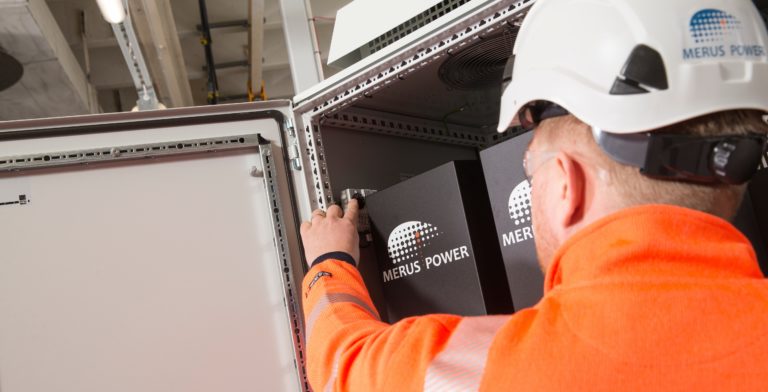
What is the real price of poor power quality?
Globally, it is hundreds of billions a year. The direct and hidden costs of poor power quality are incredibly high. The annual cost is estimated at $119 – $188 billion for U.S. companies and 150€ billion for the European industry.
Does your poor power quality cost more than your electricity bill, too?
This is a reality in many industries even though it’s not recognized. The cost of power quality problems can be directly related to increased energy consumption but also to hidden costs such as downtime, loss of production, equipment damage, idling personnel, data losses, negative impact on cash flow, customers and marketing value.
Even though we think the electric network is pretty good in most European countries and the United States, poor electric quality is still a significant problem. In industry, automation and machinery are constantly increasing, but they are also increasingly sensitive to poor power quality issues they often generate themselves.
So what are these problems exactly?
A perfect power supply would be one that is always available, always within voltage and frequency tolerances, and has a pure sinusoidal voltage waveform. However, more often than not, the reality is very different from this. Here are a few examples of power quality problems:
- Outages: The expense of an outage is more than the cost of loss kWh during regular operation. One 60-minute outage during a year is usually much cheaper than a 1-minute outage 60 times a year.
- Dips, sags, swells, surges: If voltage decreases or increases below/above a certain limit for a short time, it will cause, for example, interruptions and damages in control systems, causing problems in automation and production.
- Harmonics: “Mysterious problems” are often the result of harmonic distortion. Harmonics have many different impacts, such as source voltage waveform distortion, efficiency losses, failures in the compensation system, overheating in motors and transformers, failures in sensitive electronic devices, etc.
- Power imbalance: The current imbalance has two main effects: A higher peak demand in one phase, which can lead to heat losses and over-dimensioning the feeder. At the same time, a current imbalance creates voltage unbalance when going through the feeder. Voltage imbalance can make the VFD control system unstable, for example.
Luckily, there is a simple solution for all of these issues!
The dependable Merus® A2-Active Harmonic Filter can solve all main problems in your electrical system. The best part is, it is only one device.
One device, but many solutions to help you save energy, achieve higher productivity, decrease downtime and extend the lifetime of devices and components.
- Mitigating harmonic distortions
- Balancing power imbalance
- Increasing power factor
- Controlling voltage variation
- Mitigating flicker
- Load balancing in three-phase systems

Merus® A2 – Active Harmonic Filter
Merus® A2 is a scalable, versatile, and durable active harmonic filtering solution designed and manufactured in Finland using innovative Merus® technology.
Calculate your harmonic and unbalance needs!
We always strive to find new ways to help our clients achieve good power quality. In addition, we provide deep technological and engineering knowledge to provide the best customer experience possible. Good power quality is essential to minimize downtime and service and maximize production capability. Our expert engineers developed not one, but two smart calculators that help customers easily detect power quality issues.

Merus® Harmonic Calculator
Estimates the total harmonic current in any electrical system and calculates the need for active harmonic filtering to reach the desired compensation level.

Merus® Unbalance Calculator
Calculates the effect of load unbalance in your electrical system and estimates your need for active load balancing to reach the desired unbalance level.
Do you have any questions?
Please contact one of our salespeople with questions and inquiries.

Riku Kalliomaa
Head of Sales, Active Harmonic Filter
Regions & Channels

Mikko Pohjola
Sales Manager, Active Harmonic Filter,
Key Accounts & OEMs

Viktoria Mansikkala
Sales Manager, Active Harmonic Filter
Baltics & Eastern and Southern Europe

Juhani Jaatinen
Senior Sales Manager,
DACH, Benelux, France, APAC

Venkatesh Ramachandra
Regional Sales Manager,
Middle East
